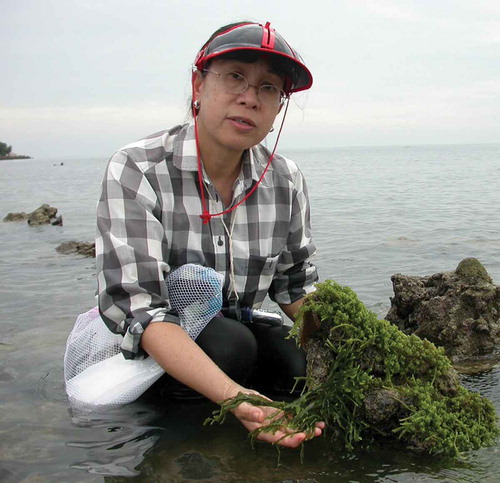Figure 1. Prof. Siew Moi Phang, to whom these essays in applied phycology are dedicated on the occasion of her retirement.

It is an unusual scientist who has the vision and leadership to be a pioneer in applied phycological research but Professor Siew Moi Phang is just that person. I have had the privilege of collaborating with her for several years and have seen her leadership in this field in Malaysia and the impact it has had throughout the world. I am delighted to welcome everyone to this special Festschrift issue of the European Journal of Phycology in honour of Prof. Phang.
This unique project for the journal, consisting of reviews of a wide range of topics in applied phycology, has brought together Malaysian scientists with authors from around the world. For my part, it has been great to see how the project developed under the guest editorship of Prof. Phaik Eem Lim, Head of the Marine Biotechnology Unit, Institute of Ocean and Earth Sciences (IOES), University of Malaysia, with input from the joint Editors-in-Chief of the journal, Profs Christine Maggs and Juliet Brodie.
Human consumption of algae dates back thousands of years and today microalgae and seaweeds are being used for a rapidly growing list of applications, including human food, thickening agents, flavourings and salt replacements, colourants, vitamins, fatty acids, pharmaceuticals, cosmetics, feed for livestock, supplements for animal-feed, fertilizer, fibre and biofuels, as well as removal of CO2 and nutrients from waste waters, fresh waters and coastal waters.
There is no doubt that the field of applied phycology is advancing at an unprecedented and exciting pace. The increased use of algae presents diverse challenges including the protection of natural algal populations, making algal biomass production sustainable and balancing these against the interlinked water-food-energy demands of the world’s growing population. The Food and Agriculture Organisation of the UN report on The State of World Fisheries and Aquaculture 2016 highlights the rapid 8% per year expansion of seaweed farming of the past decade. During this period production doubled to just over 27 million tonnes. Equivalent statistics for the production of microalgae and cyanobacteria are lacking, though large-scale production is ongoing in several countries across the world.
Under the auspices of the British Phycological Society, the European Journal of Phycology (formerly the British Phycological Journal) has provided a vehicle for reporting many of the advances in phycology over the last 67 years. This issue, the first dedicated to applied phycology, represents a valuable indicator of the current state of selected topics in applied phycology. Phycological societies worldwide play a key role in training the next generation of applied phycologists and the papers in this special issue will help us in that important endeavour.
We also acknowledge the service of Prof. Phang as Vice President Overseas of the British Phycological Society (January 2011 to January 2013) and thank her for her immense contribution to Phycology.
